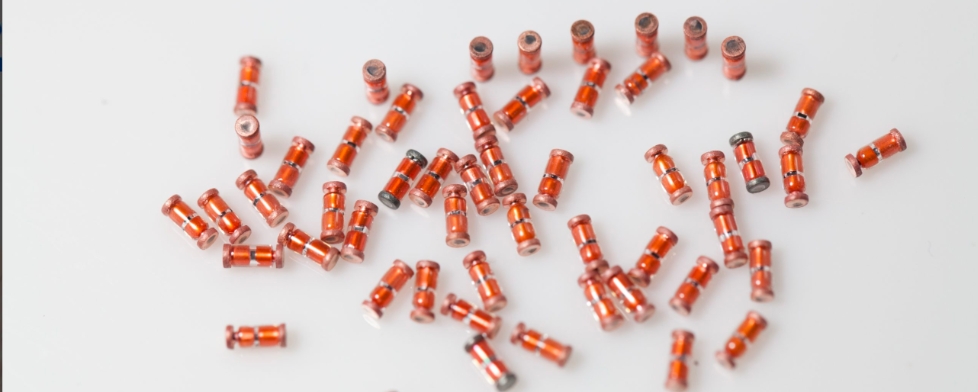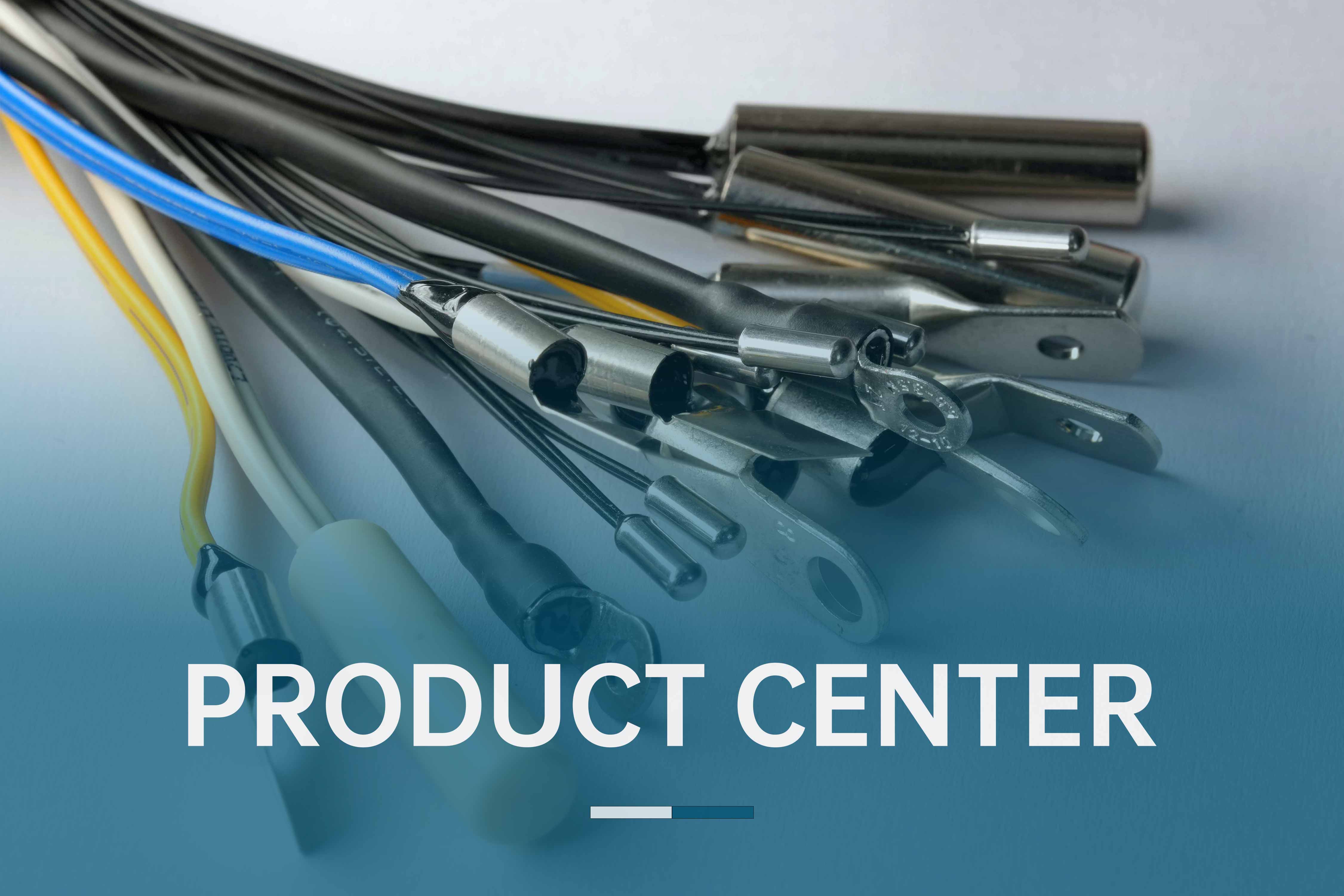NTC (Negative Temperature Coefficient) thermistors and thermocouples are both common temperature sensing devices used in various industries. However, their measurement range, accuracy, and applications differ significantly, making each suitable for distinct environments. Understanding these differences can help engineers and designers choose the right temperature sensor for their needs, and knowing the advantages of Minsing’s NTC thermistors makes them a top choice in many applications.

Measurement Range: NTC thermistors excel in low to mid-temperature ranges, typically between -50°C to 150°C, making them ideal for precise temperature control in environments like HVAC systems, medical devices, and automotive electronics. In contrast, thermocouples are designed for high-temperature environments, often ranging from 0°C to 1600°C, and are commonly used in furnaces and industrial kilns.
Key Differences Between NTC Thermistors and Thermocouples
Sensitivity and Accuracy: NTC thermistors have high sensitivity and can provide very accurate readings, especially in lower temperature ranges. This makes them well-suited for applications where precision is critical, such as in appliances, consumer electronics, and automotive temperature control systems. Thermocouples, while robust and capable of handling extreme temperatures, may not provide the same level of accuracy at lower temperatures due to lower thermal sensitivity in those ranges.
Working Principle: NTC thermistors operate by measuring the change in resistance as temperature changes. The resistance decreases as temperature increases, which makes them particularly efficient in monitoring small temperature changes. On the other hand, thermocouples generate a voltage based on the temperature difference between two dissimilar metals. This principle is known as the Seebeck effect and is more effective in high-temperature conditions.
Direct Contact Requirement: NTC thermistors require direct contact with the surface or object being measured to provide accurate readings. This ensures that the thermistor’s resistance-based measurements reflect real-time temperature changes. In contrast, thermocouples do not require direct contact, allowing them to be used in situations where physical attachment to the measured surface is impractical. This makes thermocouples better suited for remote or difficult-to-reach measurement areas.
Choosing Between NTC Thermistors and Thermocouples
When selecting between NTC thermistors and thermocouples, the decision can be based on several key factors:
Temperature Range:
NTC thermistors are ideal for applications within the low to mid-temperature range, typically from -50°C to 150°C. They are perfect for environments like HVAC systems, medical devices, and automotive electronics.
Thermocouples, on the other hand, excel at measuring higher temperatures, often from 0°C to 1600°C. They are best suited for industrial furnaces, kilns, and other high-temperature applications.
Cost Control:
NTC thermistors are generally less expensive. Additionally, since their circuitry is simpler and they do not require signal conditioning circuits (such as amplifiers and level shifters), the cost of using NTC thermistors is further reduced compared to thermocouples. If the required temperature range can be measured with both NTC thermistors and thermocouples, NTC thermistors should be prioritized for cost considerations.
Complementary Use:
In some systems, NTC thermistors and thermocouples can complement each other. For example, an NTC thermistor might be used for precise temperature control in lower-temperature environments, while a thermocouple could be employed for monitoring high temperatures in different parts of the same system. This allows for comprehensive temperature monitoring across various ranges.
Minsing’s NTC thermistors offer several advantages that make them a preferred choice across various industries:
Minsing NTC Thermistors: Why Choose Us
High Precision: Minsing’s thermistors are engineered to deliver precise temperature readings, even in dynamic temperature environments. Their quick response time ensures accurate and reliable feedback for critical temperature control applications.
Durability: Our NTC thermistors are made from high-quality materials designed to withstand harsh conditions, such as high humidity, vibrations, and varying environmental factors. This makes them suitable for automotive, HVAC, and industrial applications.
Customization: We provide custom solutions to meet specific client needs, offering thermistors in various shapes, sizes, and configurations. Whether you need sensors for complex systems or extreme conditions, Minsing can tailor our products to suit your requirements.
Wide Applications: From medical devices and automotive systems to consumer electronics and industrial applications, Minsing NTC thermistors are versatile and reliable across a wide range of uses. Their compatibility with modern electronics and control systems makes them easy to integrate into existing designs.

Difference Between NTC Thermistors and Thermocouples: Which is better for you
- Related recommendations: NTC Thermistors
- keyword: 【NTC Thermistors】
-
full name*
-
phone
-
email*
-
Company Name (optional)
If you have any other information or questions you would like to know, please feel free to leave us a message (optional)
catalogue














